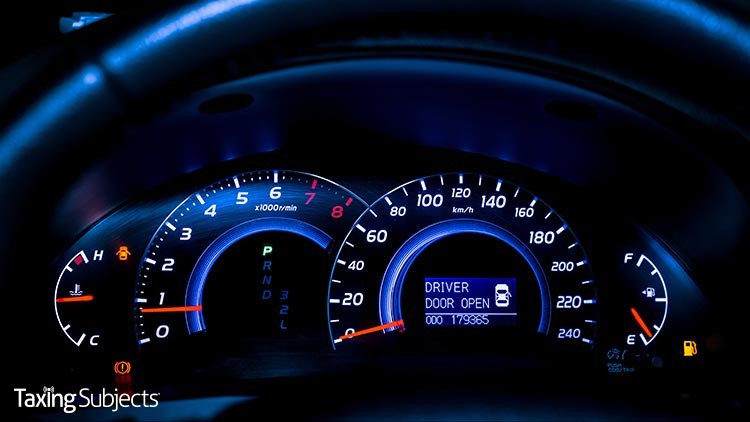Standard Mileage Rates Tweaked for 2020

Updated January 15, 2020: We incorrectly listed the standard mileage rate for business use as 5 cents per mile.
The Internal Revenue Service has set the optional standard mileage rates for 2020. These rates are used to figure the deductible costs of operating a vehicle for business, charitable, medical or moving purposes.
Beginning Jan. 1, 2020, the standard mileage rates for the use of a car (also vans, pickups or panel trucks) will be:
- 57.5 cents per mile driven for business use, down one half of a cent from the rate for 2019,
- 17 cents per mile driven for medical or moving purposes, down three cents from the rate for 2019, and
- 14 cents per mile driven in service of charitable organizations.
The business mileage rate decreased one half of a cent for business travel driven and three cents for medical and certain moving expense from the rates for 2019. The charitable rate is set by statute and remains unchanged.
Deductions Eliminated by Tax Reform
The Tax Cuts and Jobs Act eliminated miscellaneous itemized deductions for unreimbursed employee travel expenses and moving expenses. Only members of the Armed Forces on active duty, who move under orders to a permanent change of station, qualify for a moving expense deduction. Rev. Proc. 2019-46 has more details.
The business standard mileage rate is based on an annual study of the fixed and variable costs of operating a vehicle. The medical and moving rates are based on variable costs only.
Taxpayers continue to have the option of using the actual costs of using their vehicle rather than the standard mileage rates.
Caveats
The IRS has a few cautions for taxpayers and tax preparers alike when it comes to using mileage rates to calculate the deduction.
“A taxpayer may not use the business standard mileage rate for a vehicle after using any depreciation method under the Modified Accelerated Cost Recovery System (MACRS) or after claiming a Section 179 deduction for that vehicle,” an IRS release states. “In addition, the business standard mileage rate cannot be used for more than five vehicles used simultaneously.”
These limitations are discussed in more detail in Rev. Proc. 2019-46.
For more on mileage rates and other questions, check out Notice 2020-05, posted on IRS.gov. The Notice contains the standard mileage rates, the amount a taxpayer must use in calculating reductions to basis for depreciation taken under the business standard mileage rate, and the maximum standard automobile cost that a taxpayer may use in figuring the allowance under a fixed and variable rate plan.
For employer-provided vehicles, the Notice provides the maximum fair market value of automobiles first made available to employees for personal use in calendar year 2020 for which employers may use the fleet-average valuation rule in § 1.61-21(d)(5)(v) or the vehicle cents-per-mile valuation rule in § 1.61-21(e).



